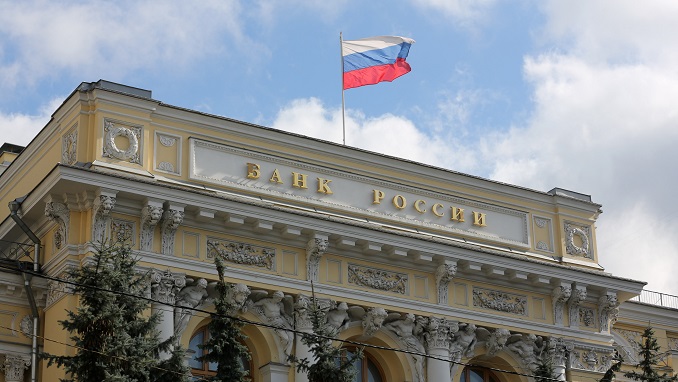Russia’s current account showed a $45.6 billion surplus in the first half of this year, a figure lower 4% than the one recorded in the same time last year, the Bank of Russia said this week, according to Investing.com Russia.
The surplus, according to preliminary estimates, was mainly the result of a large trade surplus ($86.5 billion). The other data shows a significant increase in foreign direct investment (FDI) ($11.6 billion in 1H19, up by x1.4 y/y) and a reversal of capital flows to an inflow of $7.9 billion in June vs an outflow of $35.2 billion in 5M19.
Softer crude oil prices offset by weak domestic demand and lower imports all contributed to the surplus. In 1H19, the Urals crude price fell 4.5% y/y, which led to a 3.4% y/y fall in the trade balance and a 4% y/y decline in the current account surplus. However, lower oil prices were offset by weak domestic demand – the latter drove volumes of imports down by 3% y/y.
“At the same time, a marked decrease in the trade surplus was partially offset by a decrease in the negative balance of services, which was formed not only as a result of a reduction in imports but also due to a slight increase in exports in foreign trade in services,” the Bank of Russia said.
“Overall, the regulator’s data shows that Russia’s external accounts remain in a solid state,” BSC Global Markets chief economist Vladimir Tikhomirov said in a note, according to bne Intellinews. “Russia’s external accounts remain solid, albeit in part a function of weaker demand. The continued current account surplus underscores two key positives – a fiscal surplus and a strong external position.”












